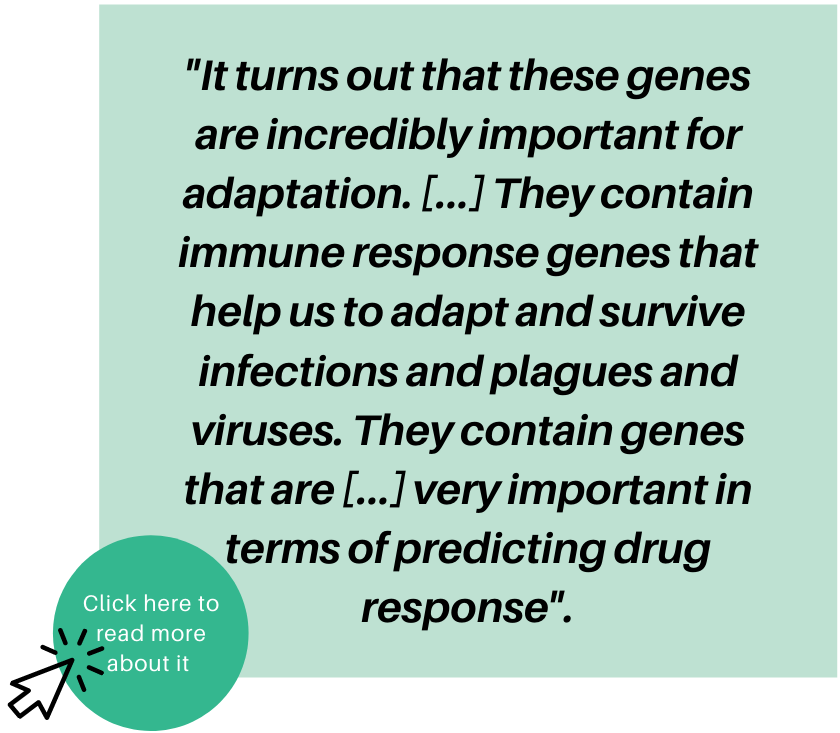
How C. elegans contributed to the decoding of the human genome
Eight days ago, the 31st March 2022 Telomere-to-Telomere (T2T) Consortium announced their success in sequencing the entire human genome disclosing the remaining 8% that scientists have been trying to unveil since the big milestone in 2003 when the 92% of it was successfully mapped and sequenced. But did you know the important role of C. elegans in the Human Genome Project? Let’s walk through this fascinating story about the most famous nematode in science.
But how did this journey begin?
When in 1900 the French zoologist Émile Maupas discovered the nematode Caenorhabditis elegans, he certainly could not imagine that the microscopic worm he has just described will be key in the future of human genome research.
Sixty-three years later, the South-African biologist Sydney Brenner expressed his interest in C. elegans and started his research in Cambridge exploring the molecular and developmental biology of this nematode, which lead to his groundbreaking proposal of C. elegans as a suitable model organism for the study of neural development in animals (Brenner, 1974). It was there, in Cambridge, where Dr. Brenner met Sir John Edward Sulston, a British biologist with whom will later win the Nobel Prize in Physiology or Medicine in 2002 along with Dr. Robert Horvitz.
The interest of Dr. Sulston in this particular nematode was fueled by Dr. Brenner and soon encouraged him to start the C. elegans Genome Project with Dr. Bob Waterston during the 1980s. After more than a decade, Dr. Sulston and their team cultimanted their research in 1998 achieving to complete the sequencing of the genome of C. elegans, becoming the first animal genome sequenced in history.
This was the beginning. While C. elegans were already used as a suitable model organism in research thanks to Dr. Brenner, the work of Dr. Sulston and Dr. Waterston provided an incalculable referent in terms of genome mapping and sequencing technologies for the Human Genome Project, thus anticipating its first milestone reached in 2003, when the 92% of the human genome was successfully unveiled.

The human genome fully sequenced: What does this milestone mean for us?
This outstanding achievement published last Thursday (Nurk et al., 2022) will fuel the advance in health and medical research, but how?
The completion of this one human genome sequence will incentivise current projects up-scaling R&D progresses, as well as the whole medical and biotech industry. That is why many scientists are optimistic about the research progression for the next decade marked by this milestone, expecting new effective and faster diagnostic methods, drug development speed-up, and significant advances in research areas like aging and neurodegenerative diseases among others.
C. elegans – “Nature’s gift to Science”
This is the title that Dr. Sydney Brenner chose for his Nobel lecture in 2002 to highlight the potential of C. elegans as a model in biological research and development. It is precisely this iconic lecture that Nagi Bioscience is named after, as well as our first product: SydLab One.
A tribute to the worm that started everything and to one of his promoters. As Dr. Sulston stated: “if we don’t understand the worm, we don’t understand life”, a quote that today is even more unquestionable.

